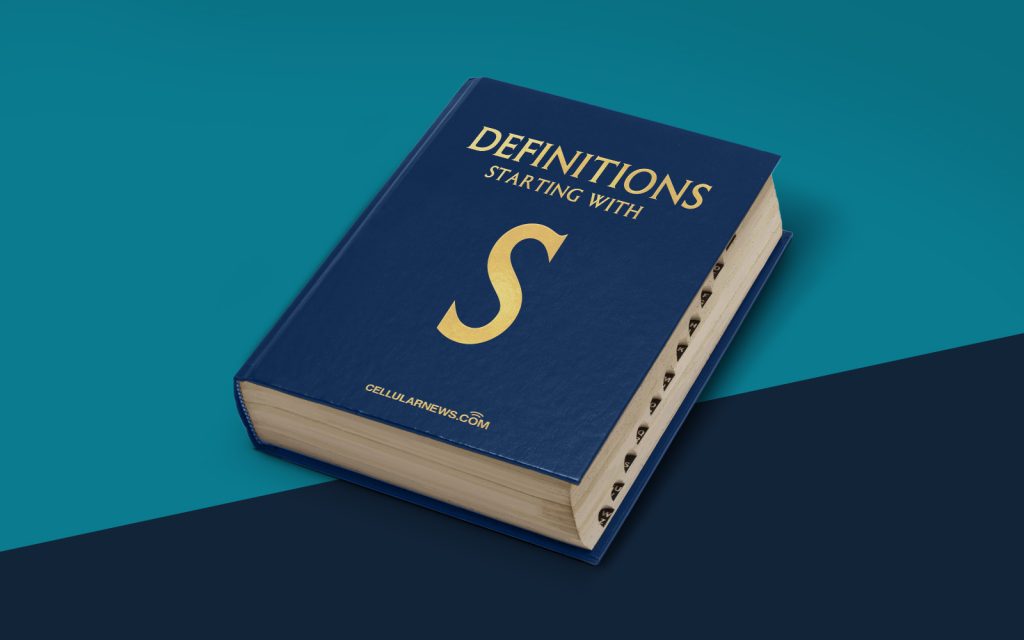
Session Description Protocol (SDP): A Comprehensive Definition
Have you ever wondered what makes session initiation possible in a network? Look no further! In this article, we will delve into the world of Session Description Protocol (SDP) and uncover its role and significance in the realm of networking.
Key Takeaways:
- Session Description Protocol (SDP) is a text-based protocol used to describe multimedia sessions.
- SDP facilitates the exchange of session-related information, such as media types, codecs, and network addresses, between participants.
But before we dive deeper into SDP, let’s first understand what it actually is.
The Session Description Protocol, commonly referred to as SDP, is a communication protocol that serves as a foundation for establishing multimedia sessions across networks. It is designed to describe various parameters of a session, such as media types, transport protocols, codecs, and network addresses, in a standardized format, allowing devices and applications to exchange this information and initiate communication.
SDP plays a crucial role in setting up both unicast and multicast sessions. It provides a clear and concise way for devices or applications to convey their capabilities and requirements to other participants. By exchanging SDP messages, devices can negotiate and agree upon the desired settings for media transmission, guaranteeing compatibility and optimal configurations.
So, how does SDP work?
SDP follows a simple yet effective structure. It consists of a series of lines, each carrying specific session information. Here are some of the key components commonly found in SDP messages:
- Version: Indicates the version of the SDP protocol being used.
- Origin: Specifies the originator of the session, including the username and session ID.
- Media Descriptions: Describes the media streams being used, such as audio or video, along with the corresponding codec details.
- Connection Data: Provides network-related information like IP addresses and ports.
- Session Information: Includes general information about the session, such as the session name and session description.
SDP is commonly used in protocols like Session Initiation Protocol (SIP), Real-Time Transport Protocol (RTP), and WebRTC. By exchanging SDP messages, these protocols enable seamless and efficient communication between network participants.
Key Takeaways:
- Session Description Protocol (SDP) is a text-based protocol used to describe multimedia sessions.
- SDP facilitates the exchange of session-related information, such as media types, codecs, and network addresses, between participants.
In conclusion, the Session Description Protocol (SDP) serves as a vital component in establishing and describing multimedia sessions within a network. By providing a standardized format for exchanging session information, SDP ensures seamless communication and enables efficient negotiation of media settings. So, the next time you join a virtual meeting or make a video call, remember that SDP is working behind the scenes to facilitate a smooth and enjoyable experience.
